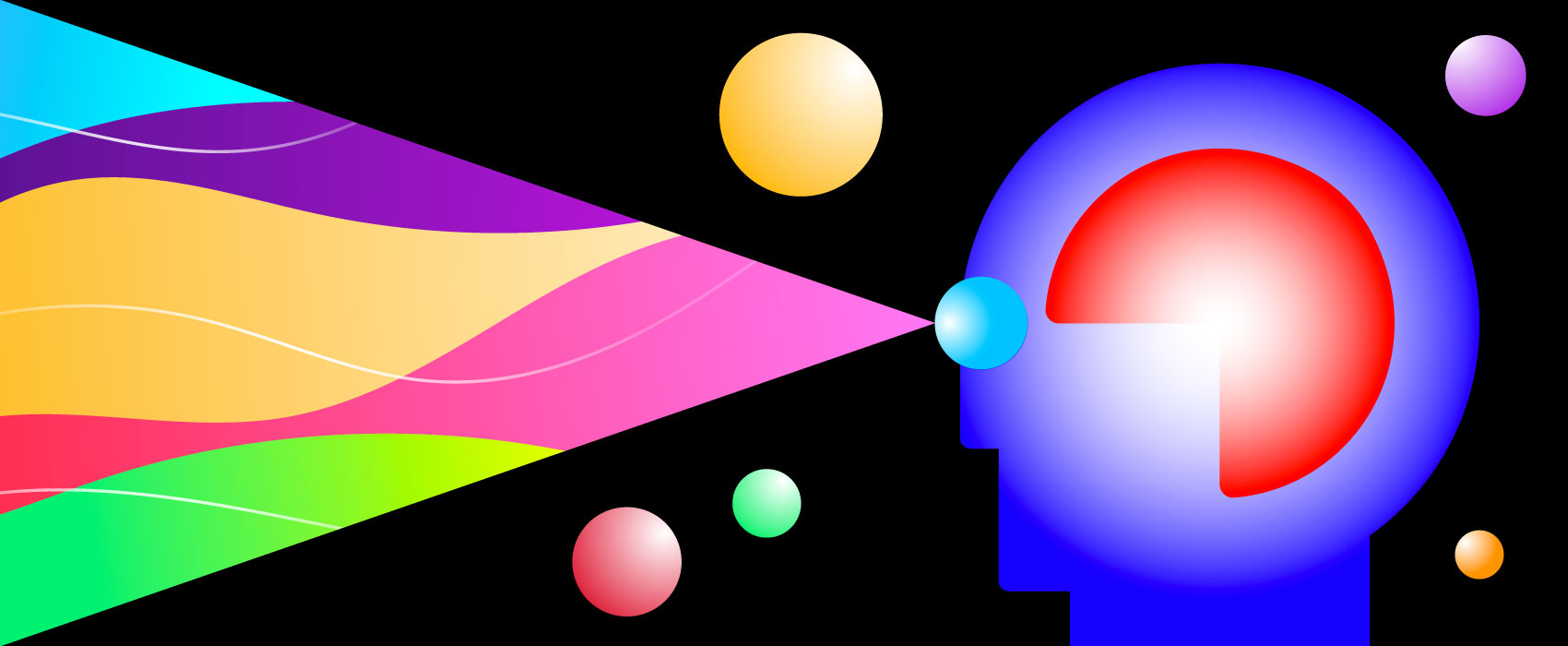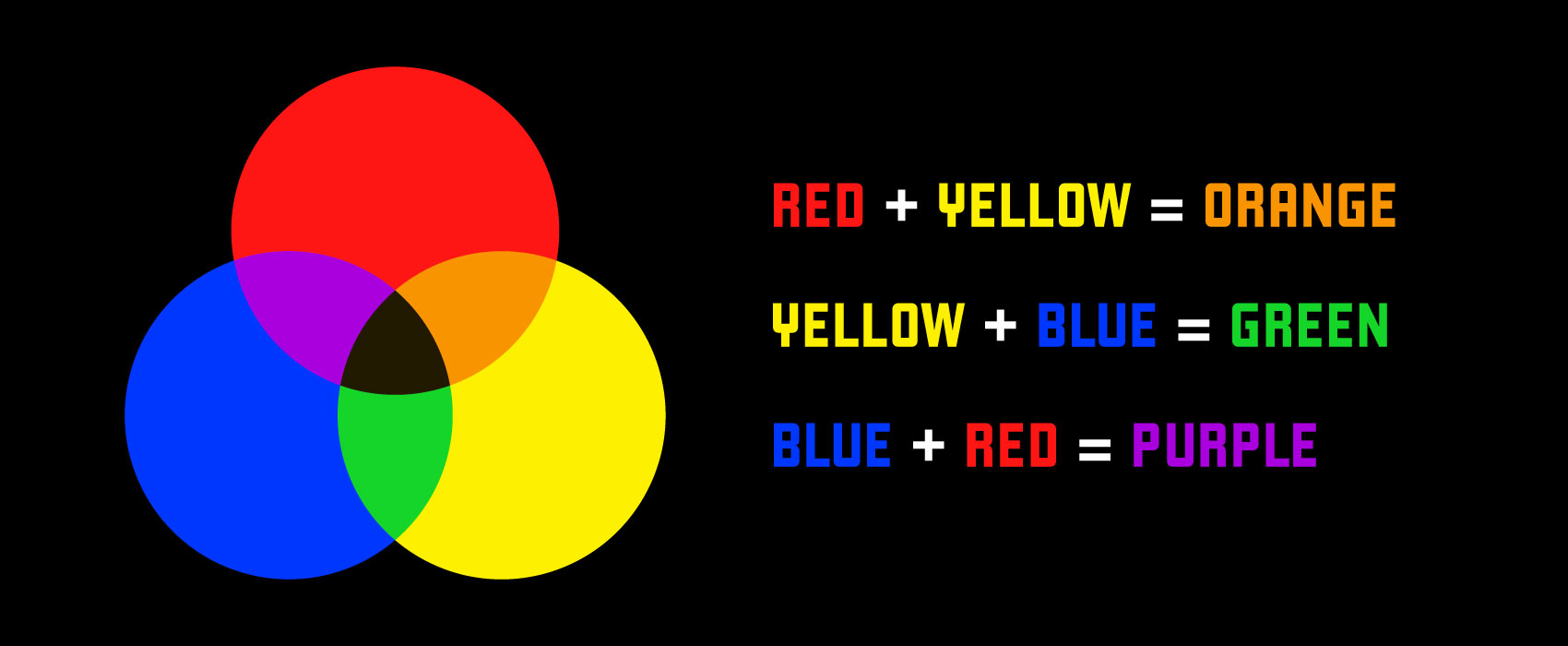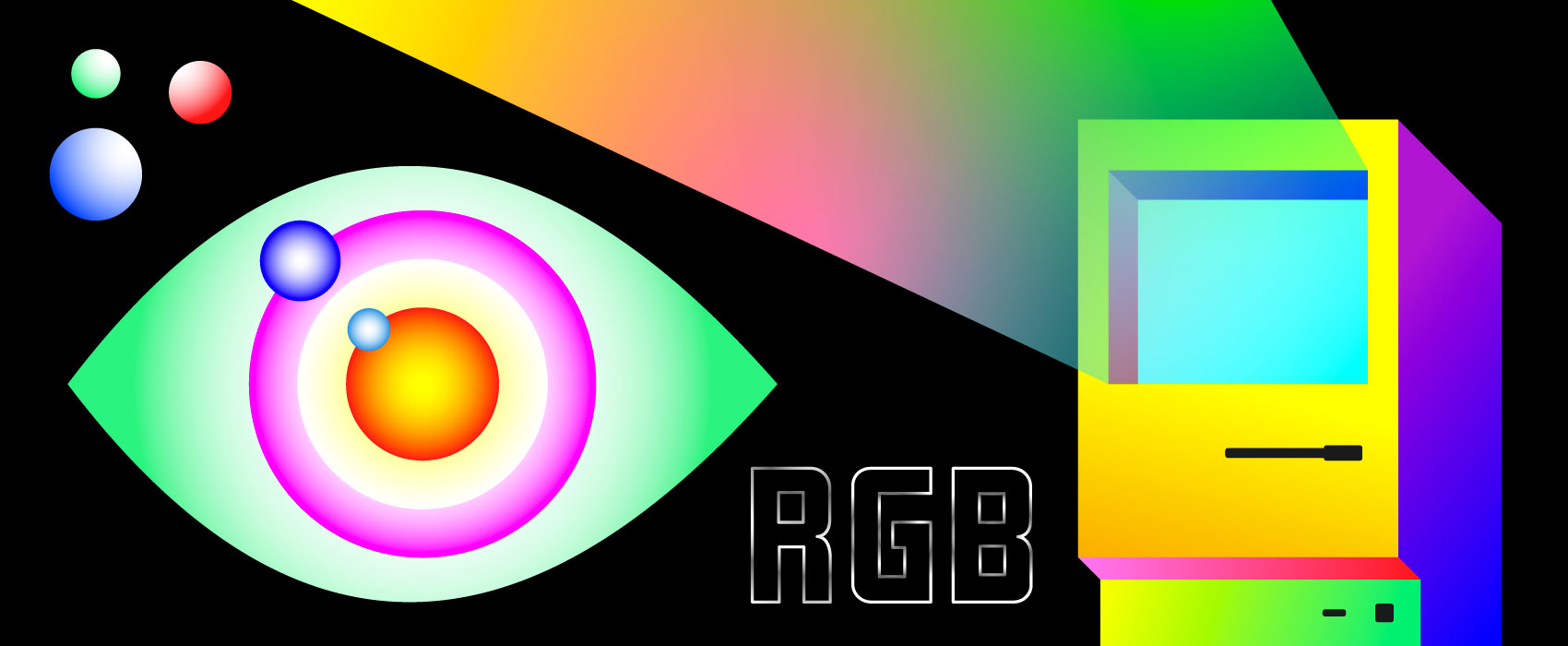
Color is experienced not only visually, but also psychologically and aesthetically. Therefore, color has always been studied as a complex phenomenon. Physicists examine light waves, measure and classify colors; chemists create new pigments for paints; physiologists study the effect of color on the eyes and brain, and psychologists study the effect of color on the human mood.
One of the first theories of color known to us is presented in the brief treatise “On Color,” written in ancient Greece by Aristotle (c. 384–c.322 BC). From it, we learn that the primary colors are yellow, blue, and red. By mixing them, we can get all the other shades. Aristotle thought that all the colors were sent to our world by gods through light and darkness (black and white).

Aristotle was not the only one interested in the subject. Plato (c. 429 – c. 347 BC) and Pythagoras (c. 570 – c. 495 BC) each in their own way tried to comprehend the nature of color. But all these models had very little in common with modern conceptions.
A real scientific breakthrough was made only in 1665 by Isaac Newton (1643-1727), who used a triangular prism and spread white sunlight into a color spectrum. That’s how he noticed that sunlight contains all the colors except magenta. Thus, the light around us consists of six different colors; when they hit an object, this object absorbs some of these colors and reflects others.

Newton’s color spectrum became the basis for the systematization of colors in the form of a color wheel. The wheel contained seven rainbow colors, arranged clockwise. Interestingly, Newton compared these colors with notes of the musical scale. Read more about Newton’s experiments with light and color in Newton and the color of light.
At the end of the 18th century, Johann Wolfgang von Goethe (1749-1842) upset the established order. He did not agree with Newton’s theories, so he began to develop his own work called “The Doctrine of Color.” In this work, Goethe insisted that darkness plays as important role as light in color formation. And although scientifically Newton ended up right, we can’t underestimate the influence of Goethe’s theories. Goethe is considered to be the founder of physiological optics, as well as of the theory of the psychological effects of color. Read more about his work on color theory in Goethe : Illustrating The Abstract Psychology of Color and Emotion.

After Goethe, many bright minds were interested in color theory. They tried to modernize and improve the existing linear palette. Many dreamed of representing colors in a three-dimensional solid: a pyramid, sphere, or cylinder.
Other researchers went even further, complicating the task. Albert Henry Munsell (1858-1918), a talented artist, art teacher, and founder of the Munsell Color Company, was obsessed with the idea of giving each color its own point in a three-dimensional space. The result of his work was the Munsell colorimetric system. This system is still widely used from the classification of skin and hair color in criminology to obtaining the perfect color when brewing beer. For a detailed explanation of Munsell’s color theory, read Ordering Colour: Albert Henry Munsell.

A huge contribution to color theory was made by Swiss artist, art theorist, and Bauhaus teacher Johannes Itten (1888 – 1967). Itten deepened Goethe’s theory of the psychological effect of color and, like Newton, he believed in the mystical meaning of number 7. A strict vegetarian and follower of the neo-Zoroastrian religion, Mazdaznan, Itten was the first to formulate a logical and structured approach to the use of color in design.

Today, the 12-part color wheel of Johannes Itten is considered to be the most popular in the world, widely used in painting, design, architecture and applied arts. Read “How can we use the Itten color wheel in picture framing?” for tips and tricks on how to apply his work.

As time passed, even more color schemes appeared, and each of them was even more curious and more complicated than its predecessors. And then the invention of modern computers made a real boom in color: the first digital monitors of the seventies were already using cylindrical color spaces, still considered advanced today. All the colors were forever separated from their natural analogs. They all turned into a mathematical-technical model.
ImageFramer 4: Your art. Showcased.
Download the best-in-class Mac app for adding photorealistic frames and mats to photos and artwork today.